SOLAR MICROGRIDS
What are Microgrids?
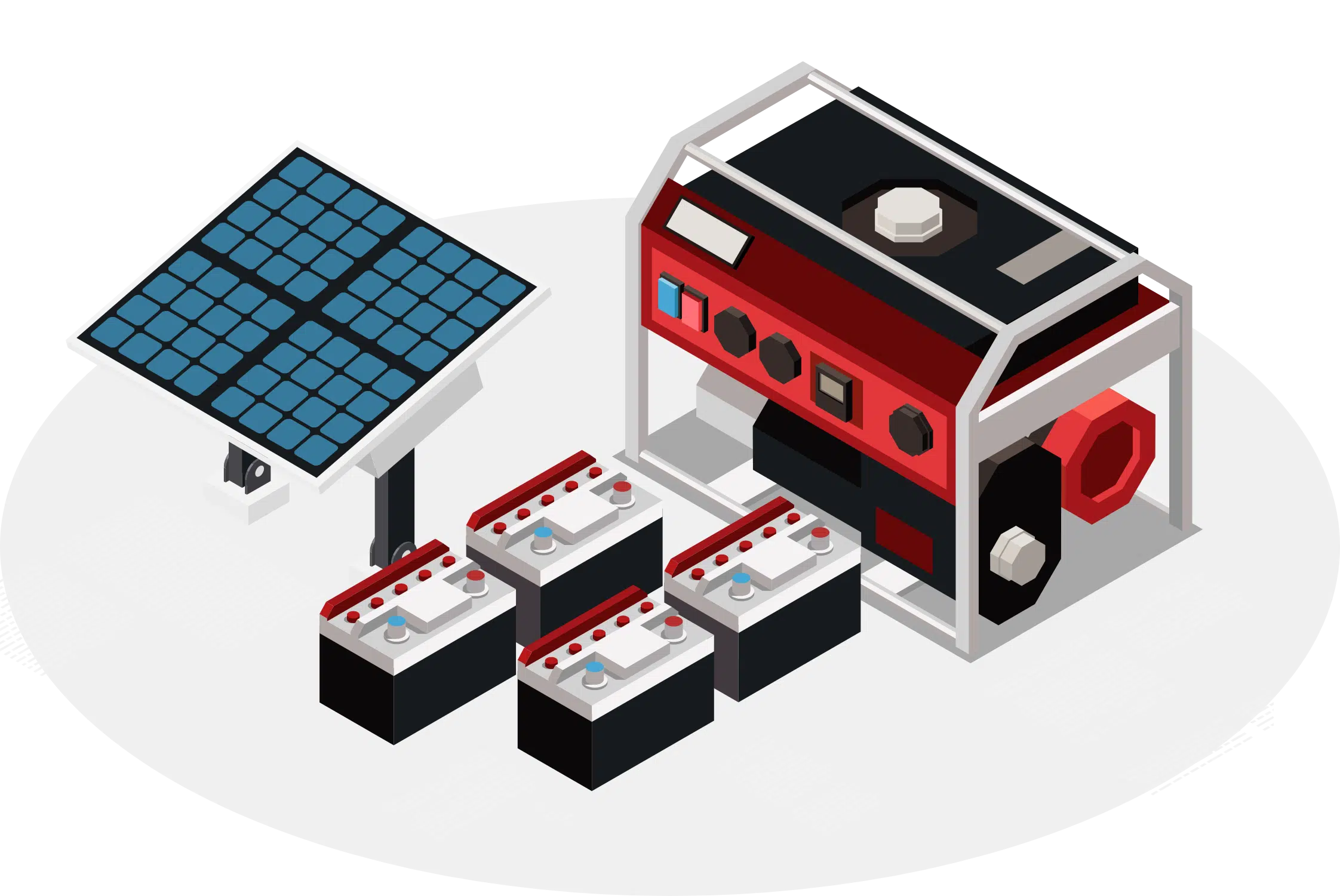
Microgrids are small-scale, localised energy grids that can freely disconnect from the main electricity grid and operate autonomously. They can either be used in conjunction with the grid or operate 100% independently.
Microgrids are an excellent way to ensure energy reliability in a small geographic area, such as a school campus, residential neighbourhood, or commercial centre.
All microgrids have three main components:

Energy sources
Microgrids get their power through renewable energy sources like wind turbines and solar panels. This is also sometimes combined with conventional diesel or gas generators. All these energy sources are networked together with battery systems to store excess power.

Control systems
Every microgrid will be managed by a controller that uses a software-based system to manage supply and demand. Control systems precisely increase or decrease resources to ensure that the energy supply is intelligently distributed across the network.

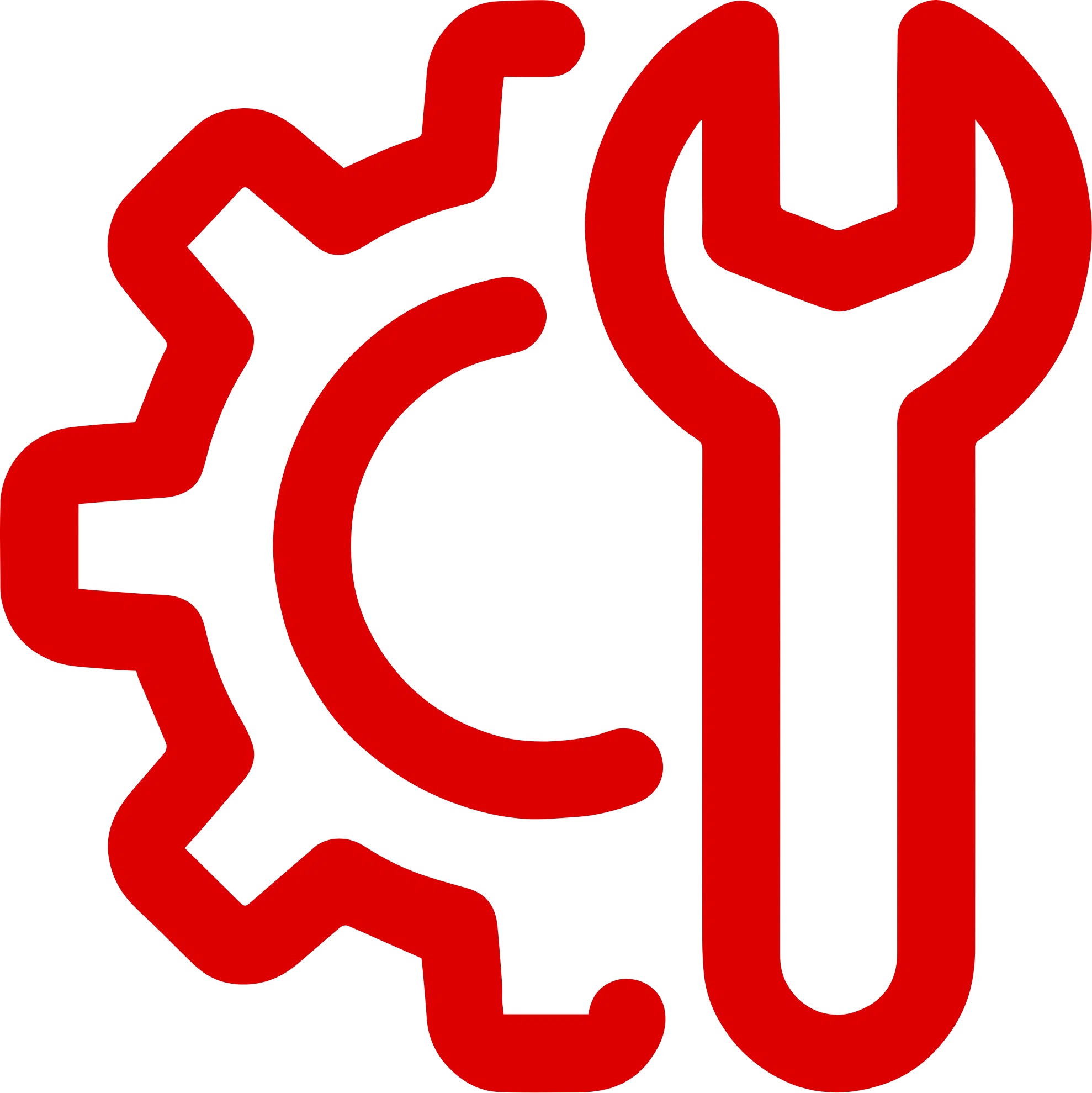
Distribution infrastructure
These are the physical components of the system, such as power lines, inverters and transformers.

Grid-connected mode
operate in harmony with the local area’s traditional power grid. In this mode, the microgrids can draw power from the main grid if it becomes necessary, or they can supply power back to the grid and benefit from feed-in tariffs.
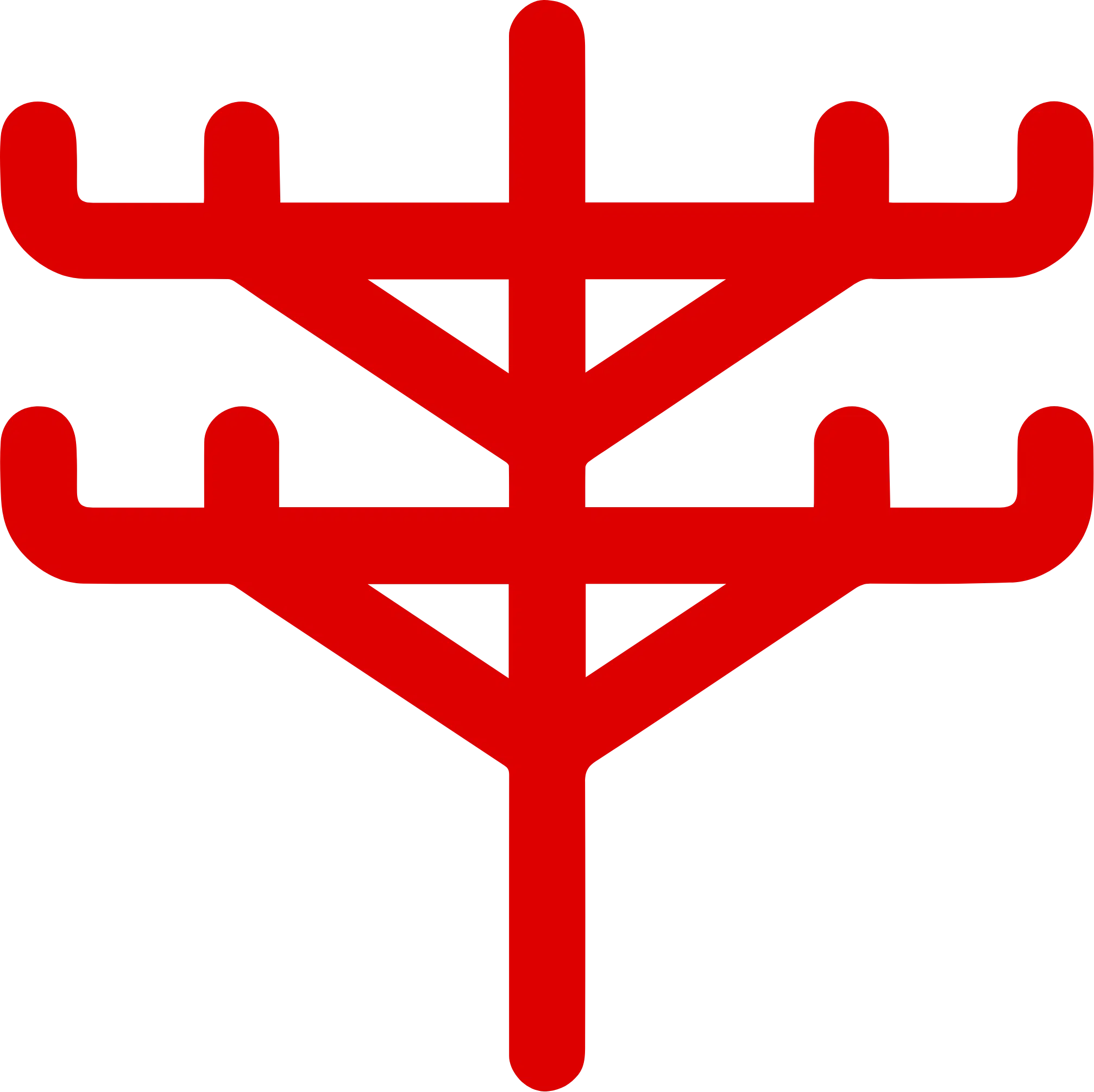
Island mode
Microgrids in island mode are totally disconnected from the traditional power grid. This comes in handy when the main electricity grid is unreliable or experiencing power outages. Island mode relies on the control system to maintain a stable power supply by balancing energy production and consumption across the network.
Distributed Energy Resources (DERs) Used in Microgrids
Distributed energy resources (DERs) describe the energy sources that power networked microgrids. These resources are fundamental to the success of microgrids, ensuring that reliable power can be produced close to where it will end up being used.
- Renewable Energy
Renewable Energy
Wind Turbines
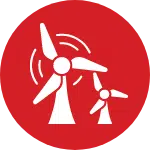
Harness wind energy to generate electricity. Small-scale turbines can be integrated into microgrids and are most beneficial in windy areas.
Solar Panels

Convert sunlight directly into electricity. Solar panels are a mainstray in microgrids due to their reliable performance, increasing affordability and widespread availability.
Hydroelectric Power
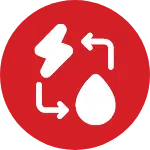
In areas with sufficient water flow, it is even possible for small or micro-hydroelectric power systems to be connected to microgrids.
- Storage Systems
Storage Systems
Flywheels
Store kinetic energy that can be quickly converted into electricity, which is useful for short-term energy storage and stabilising the grid.
Batteries
Store electricity for use when generation is low or demand is high. Lithium-ion batteries are commonly used due to their high energy density and efficiency.
Superconducting Magnetic Energy Storage (SMES)
Stores electricity in the magnetic field created by the flow of direct current in a superconducting coil, offering high power for short durations.
- Conventional Generators
Conventional Generators
Diesel Generators
While not environmentally friendly, diesel generators are often used for their reliability and high energy output.
Natural Gas Generators
Emit fewer pollutants than diesel generators and can provide a steady power source.
- Combined Heat and Power (CHP) Systems
Combined Heat and Power (CHP) Systems
Also known as cogeneration, CHP systems generate electricity and useful heat simultaneously, making them highly efficient. They can use a variety of fuels, including natural gas, biogas or biomass.
- Electric Vehicles (EVs) and Vehicle-to-Grid (V2G) Systems
Electric Vehicles (EVs) and Vehicle-to-Grid (V2G) Systems
Did you know that EVs can act as mobile energy storage units? V2G technology allows EVs to discharge electricity back into the grid or home, providing additional flexibility and storage capacity.
- Demand Response (DR) Programs
Demand Response (DR) Programs
Unlike other DIRs, demand response (DR) programs don’t physically contribute to microgrids’ energy supply. Instead, they rely on users in the microgrid network to voluntarily reduce their energy use during peak periods in exchange for some kind of incentive. Intelligent use of DR programs means a microgrid can operate independently with less energy production than it would typically need.
What are the Benefits of Microgrids?
Microgrids have become an increasingly popular option for energy generation and management across a diverse range of settings. This is no doubt due to the various benefits that microgrids provide, which include:
Highly reliable electricity supply
Microgrids offer an incredibly reliable power supply that can sustain itself if and when it becomes impossible to get power from the main grid. This can be a game-changer for places like hospitals, military bases, or other types of critical infrastructure where access to power can mean life or death.
More efficient energy usage
Microgrids utilise electricity close to where it is generated, reducing losses through transmission and distribution through a traditional grid system.
Environmental sustainability
Almost all microgrids will incorporate renewable energy like solar, wind or hydro. This reduces dependence on fossil fuels and decreases greenhouse gas emissions at the same time.
Saving on energy costs
Grid extensions and upgrades can be prohibitively expensive for some communities and businesses, especially if they are quite remote. Microgrids offer a cheaper alternative, allowing electricity to be generated locally and for free.
Flexible and Scalable
Microgrids can be easily scaled up or down depending on the evolving needs of their users. From small rural communities to large industrial complexes, microgrid projects offer an incredible amount of flexibility.
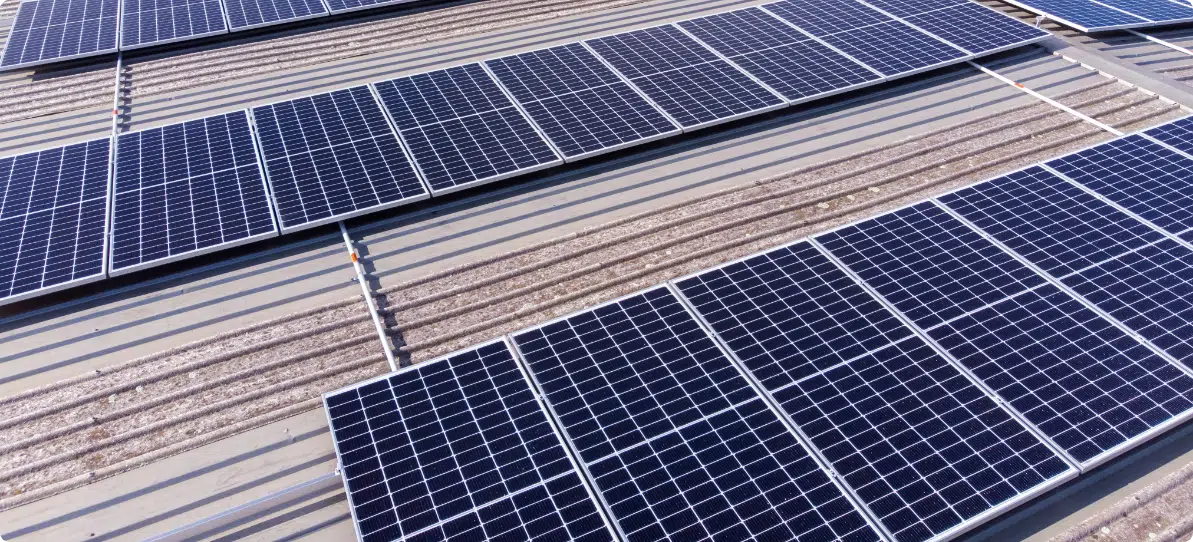
Microgrids VS. Off-Grid Solar Power
You might be wondering how microgrids differ from off-grid solar systems. The short answer is that microgrids integrate various distributed energy resources (DERs), while an off-grid solar system is just one DER that can be connected.
Despite their name, microgrid projects operate at a much larger scale than off-grid solar. Another key difference is that microgrids are connected to the main grid, which is inherent to their flexibility, while off-grid solar systems do not work in this harmonious way.
Harness the Flexibility of Microgrids with KUGA Energy
While complex, microgrids offer many attractive benefits to business centres and communities that want to accelerate their energy transition. With microgrids, you can offset your dependence on the main electricity grid without totally abandoning it, giving you peace of mind your energy supply is secure.
At KUGA Energy, our CEC-approved electricians are experts at designing and setting up microgrid solutions that leverage solar power.
Ready to benefit from our microgrid knowledge? Contact us to get started.
Capability Statement
Download our Capability Statement to read more on our company, our people, our capabilities and our projects.
DOWNLOAD NOW
Contact Us
Get In Touch, We Love Talking Solar!
Fill out the form below to contact us!
Check Our Latest Videos
Explore our recent projects and Youtube channel to see how we carefully execute our installations to meet the unique business requirements of our customers. From large-scale solar roof installations to LED lighting upgrades and solar battery storage systems, there’s no project too big or small for our team





Industry Partnerships
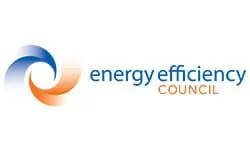

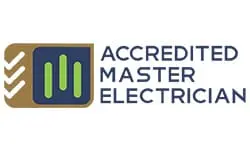











 Get Quote
Get Quote Call Now
Call Now